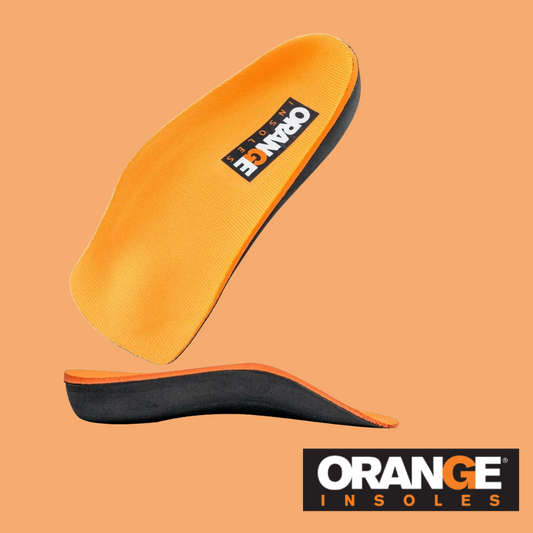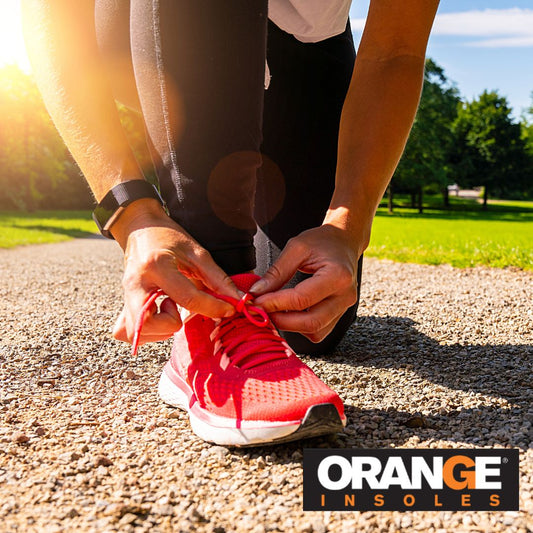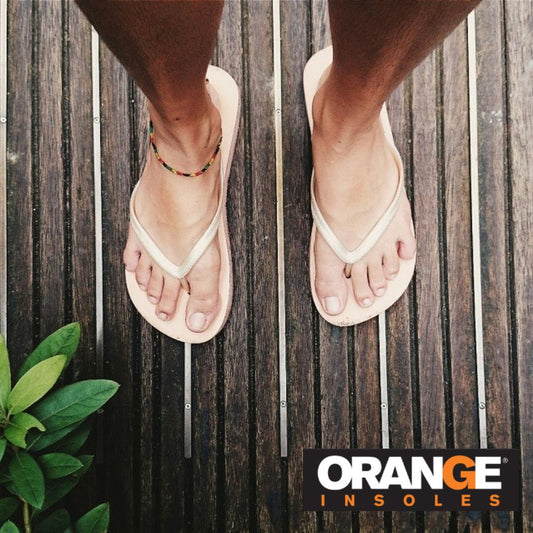If you work long hours, you probably spend a long time thinking about your feet and how you can prevent foot pain. But don’t forget your ankles!
Proper support for your ankles helps prevent discomfort, fatigue, and potential injuries that can arise from prolonged standing, walking, or repetitive motions. So if you’re working a job that has you standing for long hours, make sure you pay particular attention to the support you give your ankles.
Here are some tips for supporting your ankles during long working shifts.
How To Get Good Ankle Support When Working Long Hours
Getting good ankle support doesn’t always start in the ankles. Here are some ways to take care of your whole body to make sure your ankles, and your entire muscular support system, stay in tip top shape when you work and stand for hours on end.
Practice Proper Body Mechanics:
- Pay attention to your posture and alignment while working. Maintain a neutral spine and avoid locking your knees, which can eventually contribute to ankle discomfort. Standing with your toes facing forward rather than at an angle or diagonal can also keep your ankles in line with the rest of your body. When your body is aligned, everything is working together to support you and no muscle or joint has to work harder than another.
Take Breaks and Stretch:
- Working regular breaks into your schedule to stretch your ankles and calf muscles can help make sure your ankles stay strong and your muscles don’t get fatigued. Simple ankle circles, calf raises, and toe taps can help improve blood circulation and reduce stiffness in your legs and ankles.
Use Anti-Fatigue Mats:
- If you work in a stationary position, consider using anti-fatigue mats to reduce the strain on your ankles and feet caused by standing on hard surfaces.
“They help by promoting subtle foot movement as the feet adapt to the cushioned surface, which helps the lower leg muscles contract and expand to improve circulation. Floor mats also offer a supportive cushioning to absorb the pressure on the feet, ankles, legs and joints helping alleviate pain associated with prolonged standing at work.”
Elevate Your Feet:
- When you have a chance, maybe during your break or during slowing moments at work, elevate your feet to reduce swelling and improve circulation. Moving the blood away from the feet will reduce pressure on the ankle, preventing pain and discomfort.
Wear The Right Shoes!
- We’ll go over the best shoes for ankle support below but wearing supportive, proper-fitting shoes can keep your ankles straight and aligned and prevent them from turning out. They’ll support your whole foot from the bottom up and prevent injury. Let’s look at what shoes you need when you work long hours.
Best Shoes For Ankle Support When Working Long Hours
Work Boots with High Ankle Support:
- Work boots designed for industries like construction, manufacturing, and outdoor labor usually offer excellent ankle support. You’ll want to look for boots with padded ankle collars, reinforced heels, and strong lacing systems to keep your ankles in place and your feet supported. These boots are especially important if you're walking on concrete or uneven ground as they will help keep your ankles from turning if you shift your foot on a slope or crack.
Cross-Training Shoes:
- If you don’t need heavy-duty work books, cross-training shoes are flexible options that combine features from various athletic shoe types. They tend to offer good cushioning, arch support, and lateral stability, which can benefit your ankle comfort during long, standing or walking hours.These are great for nurses or doctors who work long shifts.
Boots with Lateral Support:
- Footwear with reinforced lateral support, support on the outside of the foot, can help prevent your ankles from rolling inwards or outwards, reducing the risk of sprains. You can find good lateral support in many athletic shoes.
Added Insole Support:
- If you want to wear your normal shoes while working long hours, you can always add an insole to get some extra support for your feet and reduce muscle fatigue on your ankles. While they can’t keep your ankles from turning out if you step wrong, they can help keep your body in alignment and prevent pain and discomfort.
Pro Tip: Make sure to use proper lacing techniques no matter what type of shoe you are wearing. A loose fitting shoe will not provide the type of support you need so make sure you have strong laces and you tigh them tightly to keep your ankles upright and in place.
Long days at work would feel better on your ankles with the Orange Light Insoles! They work best for slim-fitting shoes where a full length insole might be too tight to put on. Casual work shoes, dress shoes or even high heels can all benefit from having this added support.

























































